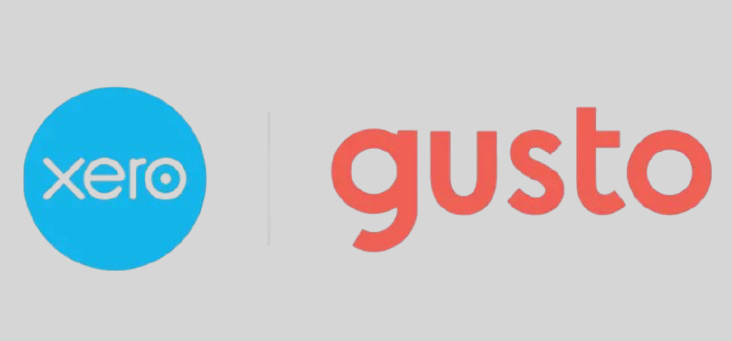While many accounting firms are moving toward value based pricing models, aka flat-fee, managing time and measuring efficiency will always be a critical process for professional services firms and, of course, firms will always need a centralized system for managing their client invoicing processes. As such, time and billing software can be a critical management tool for accounting and tax firms.
Even when billing on a flat-fee model, tracking staff time gives the management of a firm essential information on firm, including staff and group productivity, the appropriateness of the rates that are being charged, and which services are the most or least profitable.
| 2015 Reviews of Time & Billing Systems for Accounting Firms |
There are several options on the market that help solve for these two issues: Tracking time (for either billing or productivity assessment), and clients billing. There are also systems much more deeply focused on firm workflow and engagement management, which we separate as practice management systems. See our 2015 reviews of these programs.
From a tactical perspective, generating client invoices and managing and analyzing productivity requires several key functions, primarily:
- Time and expense data entry,
- Management of each independent and related engagements or projects for each client,
- Accounts receivables management functions,and
- Reporting and the ability to invoice via multiple methods such as progress, by budget, periodically or by other factors.
The security and integrity of client and firm data is also paramount, which means effective systems time and billing systems must also include multi-level user access rights that restrict user access to specific clients or features.
Our review criteria for these applications are broken down into six basic categories:
- Basic system functions,
- Time tracking capabilities,
- Invoicing functions,
- Management features,
- Integration and data management, and
- Help and Support
While pretty much all accounting systems allow for some data entry and invoicing, a true time and billing program offers greater benefit and management functions. Unbilled time and expenses and WIPs (work in process items) lose their value as they age, as the realization of collection of those invoices decreases, which can lead to wasted time and effort. In that way, the effectiveness of a time and billing solution can be measured by comparing the aging of unbilled time and expenses before and after selecting a solution.
A time and billing solution should also work the way you work with clients. If you are providing services in the cloud, you should be able to e-mail invoices to clients or provide them via a client portal. Additionally, some time and billing systems can process invoices against retainers on hand, and many firms now use EFT processes to automatically bill client bank accounts for recurring monthly payroll and bookkeeping fees. Firms considering a new time and billing system should verify that the system not only supports the feature, but should also ensure that it supports the other solutions in use by the firm.
Thanks for reading CPA Practice Advisor!
Subscribe Already registered? Log In
Need more information? Read the FAQs
Tags: Firm Management, Payroll, Technology




